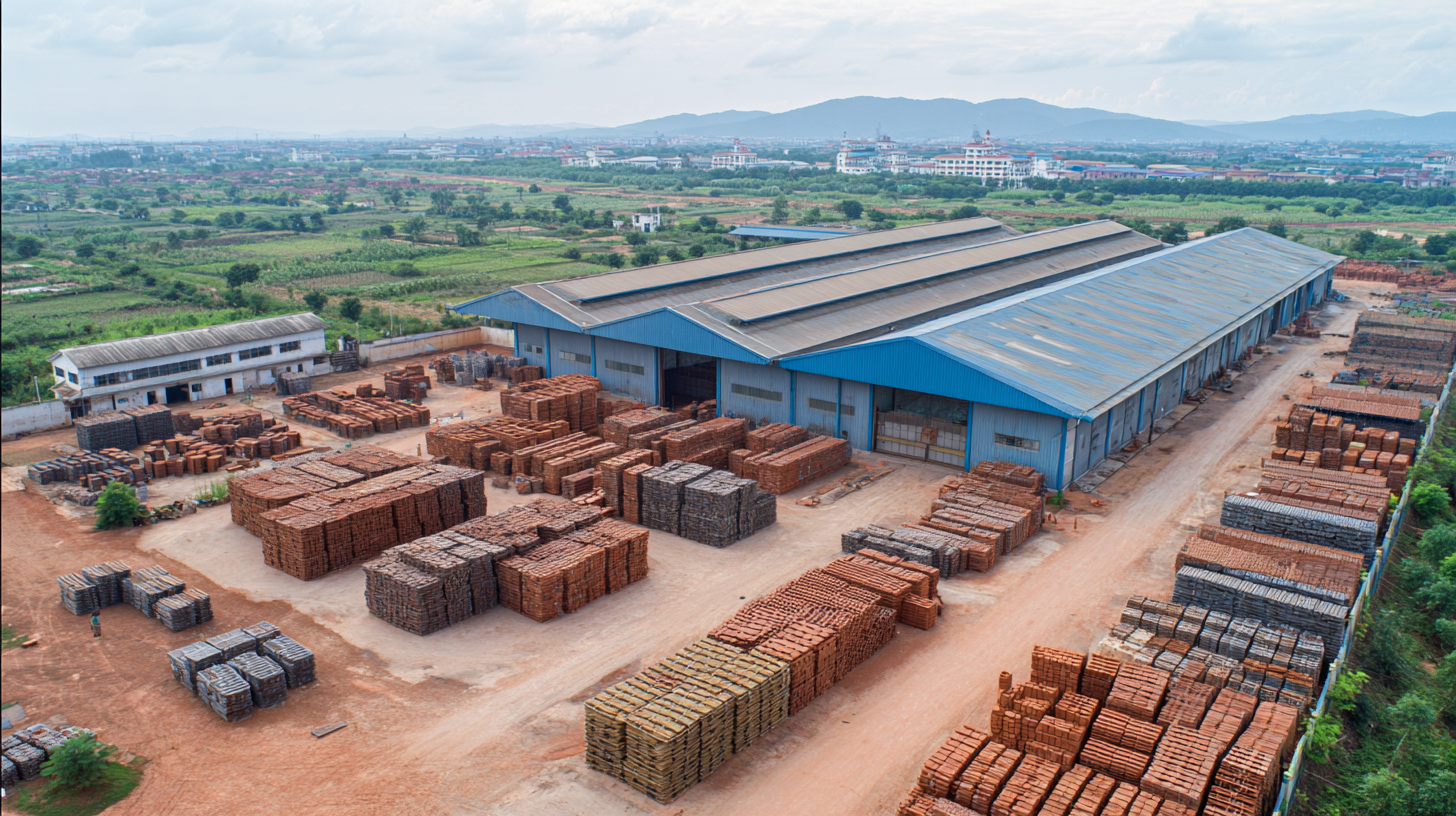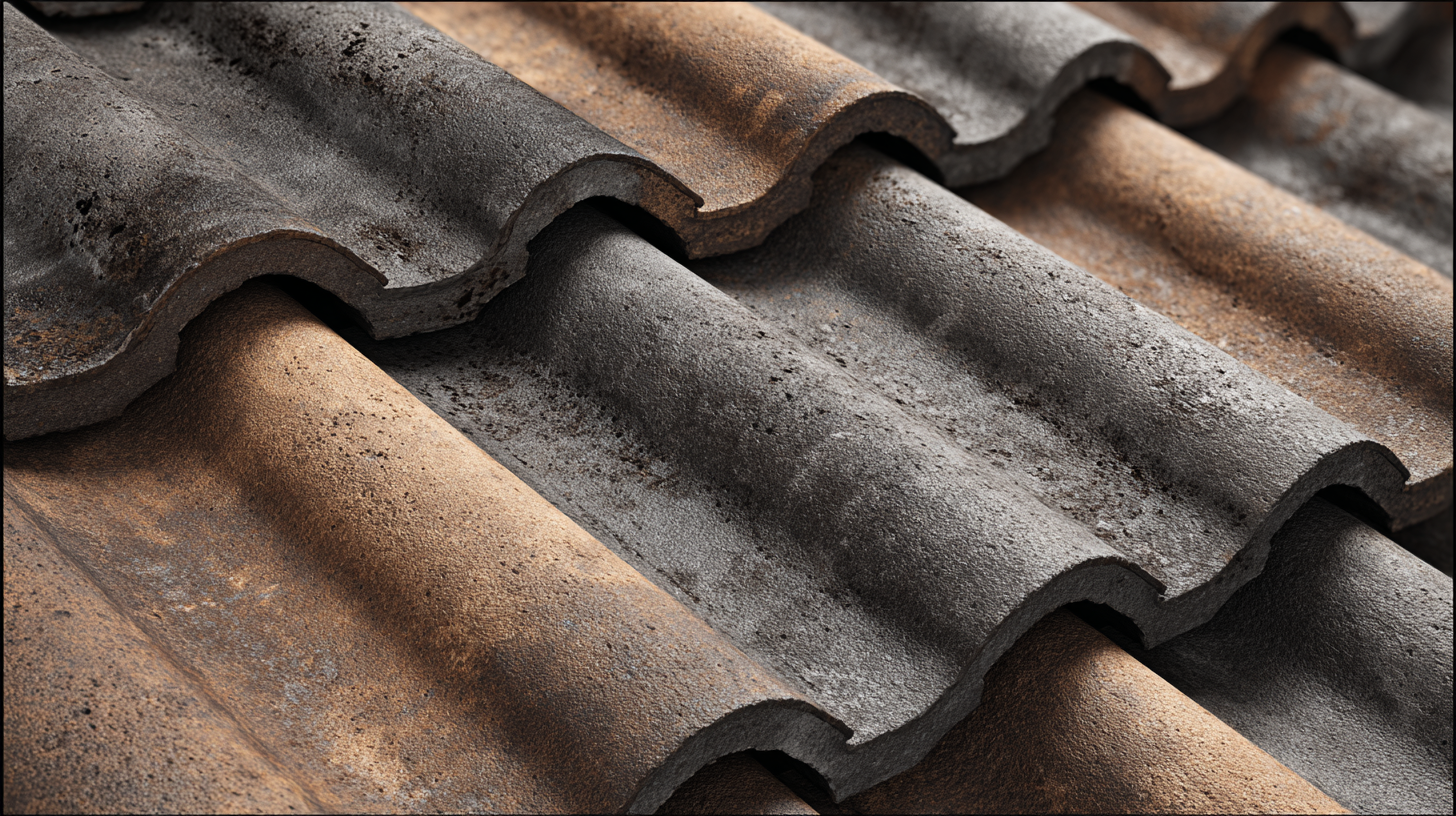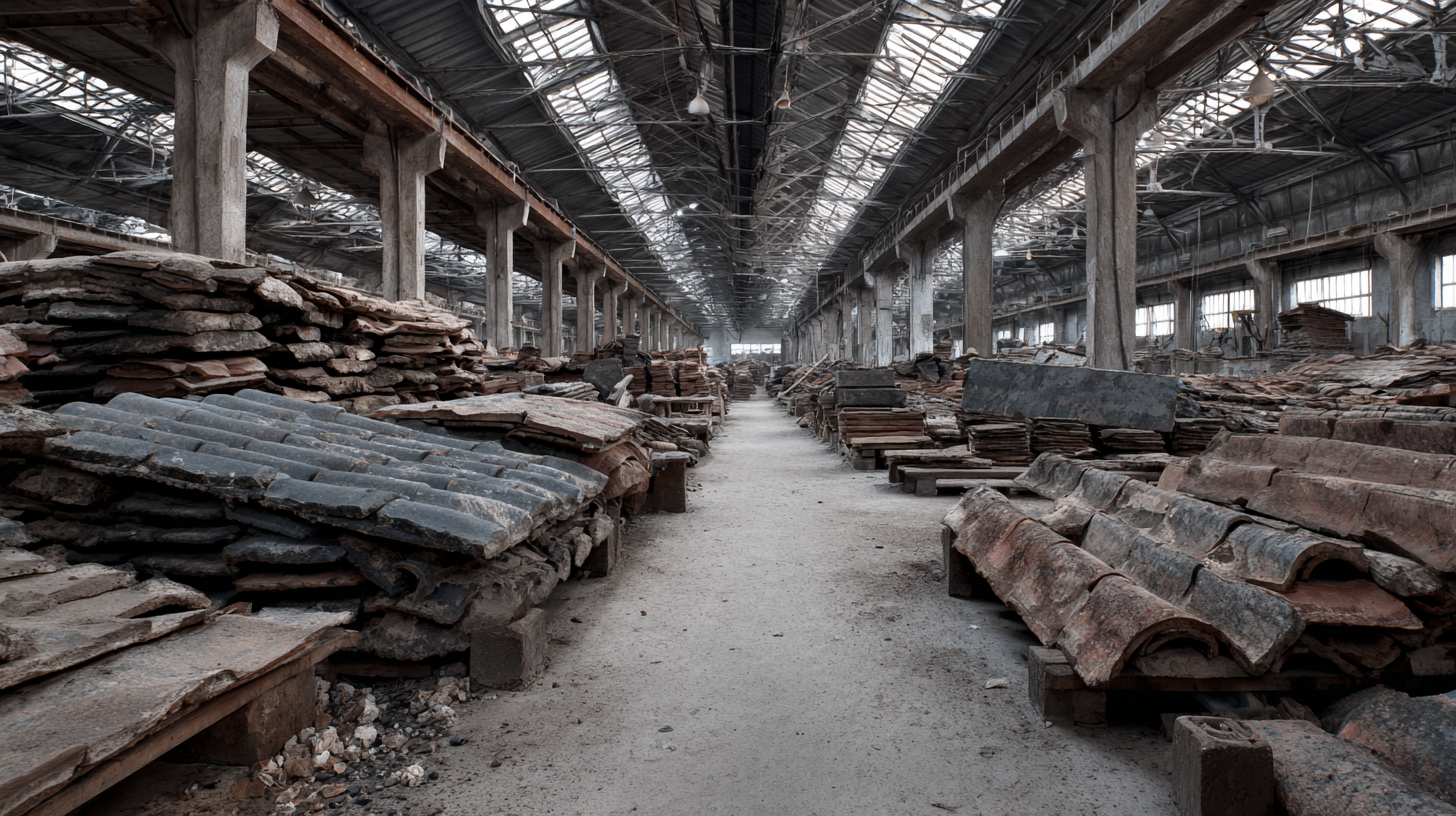
Leave Your Message
-
Phone
-
E-mail
-
Whatsapp

The increasing demand for sustainable construction practices has prompted a closer examination of the impact of various materials on energy efficiency. Among these materials, roof tiles manufacture stands out due to its significant role in building performance. According to a report by the International Energy Agency (IEA), buildings account for nearly 30% of global energy consumption, highlighting the importance of architectural elements such as roofing in energy savings.

Research indicates that the type of roof tiles used can reduce heating and cooling costs by up to 20% when reflective materials are incorporated, thus contributing to a reduced carbon footprint. Additionally, the manufacturing processes involved have evolved, promoting the use of recycled materials and renewable energy sources, further enhancing sustainability. As we delve deeper into the multifaceted relationship between roof tiles manufacture and energy efficiency, it becomes evident that strategic choices in roofing materials can lead to both economic and environmental benefits in the construction industry.
The choice of roof tile materials significantly influences the thermal efficiency of buildings, impacting energy consumption and overall sustainability. Traditional materials, such as clay and concrete tiles, possess inherent thermal mass qualities that can help to regulate indoor temperatures. By absorbing heat during the day and releasing it at night, these tiles contribute to reducing the reliance on heating and cooling systems, thereby enhancing energy efficiency. Additionally, the color and texture of roof tiles can affect their heat absorption; lighter-colored tiles reflect sunlight, minimizing heat buildup and helping to keep buildings cooler.
Innovative alternatives, such as metal roofing or synthetic composite tiles, offer exciting prospects for improving thermal efficiency. Metal roofing, for instance, can be coated with reflective materials to divert solar radiation, while synthetic tiles can be designed to mimic the thermal properties of natural materials. Furthermore, the incorporation of green roofs and tiles with integrated insulation systems presents a holistic approach to enhancing building performance. By selecting suitable roofing materials and technologies, builders can significantly reduce energy demands, contributing to more sustainable construction practices while achieving greater comfort in residential and commercial spaces.
The manufacturing processes of roof tiles play a critical role in enhancing their sustainability and overall energy efficiency. By opting for eco-friendly materials and incorporating innovative techniques, manufacturers can significantly reduce the environmental impact of tile production. For instance, using recycled materials not only conserves natural resources but also minimizes waste, thereby aligning with sustainable construction goals. Furthermore, advancements in kiln technology and energy-efficient firing methods can reduce carbon emissions during the manufacturing phase, making the tile production process more environmentally friendly.
Additionally, the choice of manufacturing processes directly influences the thermal performance of roof tiles. Techniques that enhance the insulation properties of tiles can lead to reduced energy consumption in buildings, allowing for more efficient heating and cooling. This is particularly important in the context of rising energy costs and the urgent need to combat climate change. Therefore, manufacturers that prioritize sustainable practices not only contribute to a healthier environment but also provide builders and homeowners with energy-efficient solutions that support long-term sustainability in the construction industry.

The design of roof tiles plays a crucial role in the energy efficiency and sustainability of buildings. Traditional roof tiles, often made from clay or concrete, provide durability and reliable protection against various weather conditions. However, their thermal properties may not always optimize energy efficiency. For example, clay tiles can absorb heat during the day and release it at night, which can lead to increased energy consumption for cooling in warmer climates. Furthermore, traditional manufacturing processes often involve high energy consumption and significant resource use, leading to a larger environmental footprint.
In contrast, innovative roof tile designs utilize advanced materials and manufacturing techniques that enhance energy efficiency and sustainability. For instance, eco-friendly roof tiles made from recycled materials or incorporating reflective coatings can significantly reduce heat absorption, thereby lowering cooling energy demands. Additionally, some innovative tiles are designed to accommodate solar panels or integrate green roofing systems, promoting further energy savings and reducing urban heat island effects. By prioritizing these modern solutions, the construction industry can move towards a more sustainable future, maximizing the benefits of roof tiles while minimizing their environmental impact.
This chart compares the energy efficiency (measured in R-value) and carbon footprint (measured in kg CO2 equivalent) of traditional and innovative roof tile designs. Higher R-value indicates better insulation properties, while a lower carbon footprint reflects more sustainable production processes.
The lifecycle assessment (LCA) of roof tiles plays a crucial role in evaluating their energy performance and overall sustainability in construction. By examining all stages of production, from raw material extraction to manufacturing, installation, and eventual disposal, we can understand the environmental impact of different roofing materials. For instance, clay tiles, while energy-intensive during production, often showcase excellent durability and thermal performance, reducing energy consumption over their lifespan. Conversely, concrete tiles may have lower initial energy costs but can result in greater long-term environmental impacts due to their shorter lifespan and higher maintenance needs.
Furthermore, integrating sustainable practices in the manufacture of roof tiles can significantly enhance energy efficiency. Employing renewable energy sources during production, reducing water usage, and implementing recycling initiatives contribute to a lower environmental footprint. The choice of materials also plays a vital role; tiles made from recycled materials or sustainably sourced components not only lower energy use but also promote a circular economy in construction. Consequently, by focusing on the LCA of roof tiles, stakeholders in the construction industry can make informed choices that lead to improved energy efficiency and sustainability throughout the building's lifecycle.
The future of roof tile technology is poised for significant advancements that will enhance energy efficiency and promote sustainability in construction. Recent industry reports indicate that traditional clay and concrete tiles, while durable, often fall short in energy-saving potential compared to emerging materials. For instance, the Global Roofing Association projects a 30% increase in market adoption of reflective roof tiles by 2025, as these products can reduce heat absorption and lower cooling costs by up to 20%. This shift towards reflective materials not only supports energy efficiency but also contributes to urban heat island mitigation.

Furthermore, the integration of smart technologies into roof tile manufacturing is on the rise. Modern roof tiles are now being embedded with photovoltaic cells, enabling them to generate electricity while maintaining their primary function. According to a study published by the Solar Energy Industries Association, the incorporation of solar tiles can lead to energy savings of over 50% for households, highlighting the dual benefits of energy production and conservation. As the construction industry continues to focus on sustainable practices, the evolution of roof tile technology will play a crucial role in achieving energy efficiency goals and reducing the carbon footprint of buildings.





